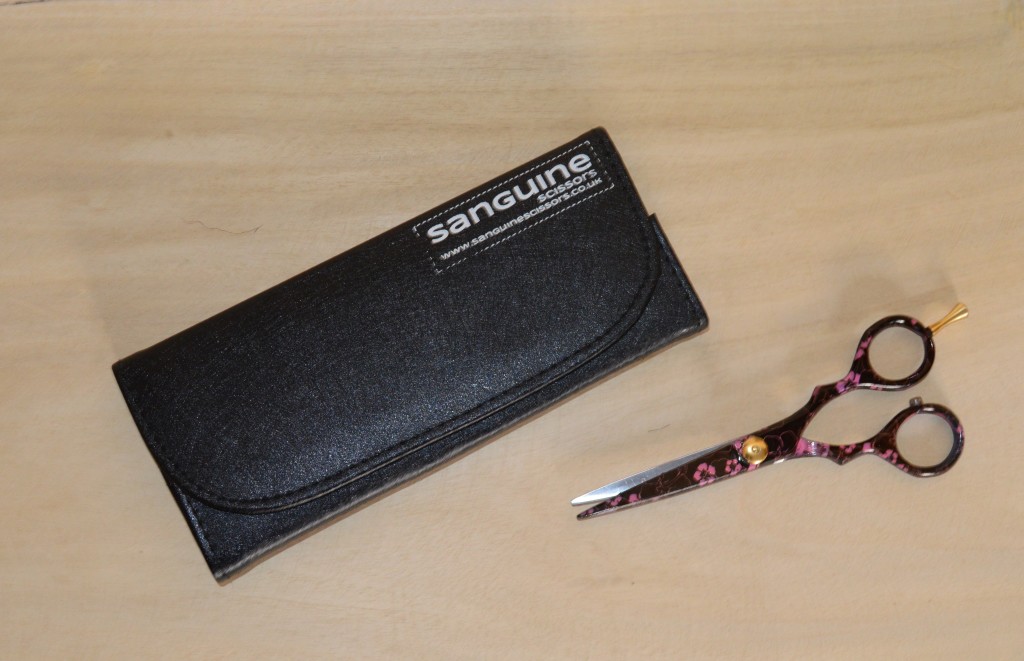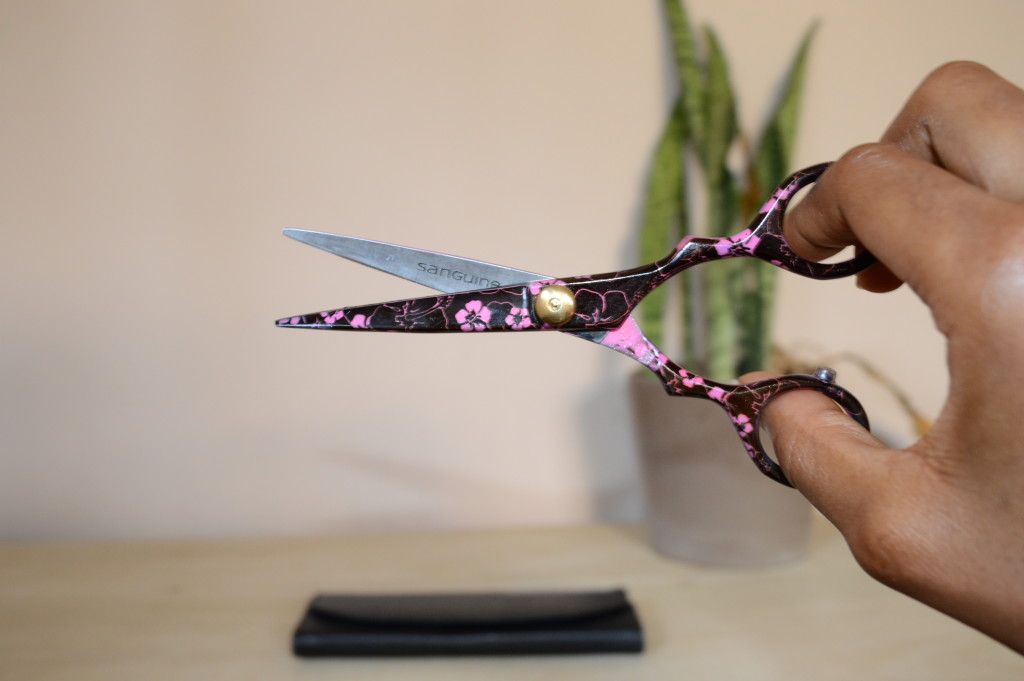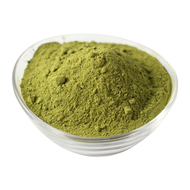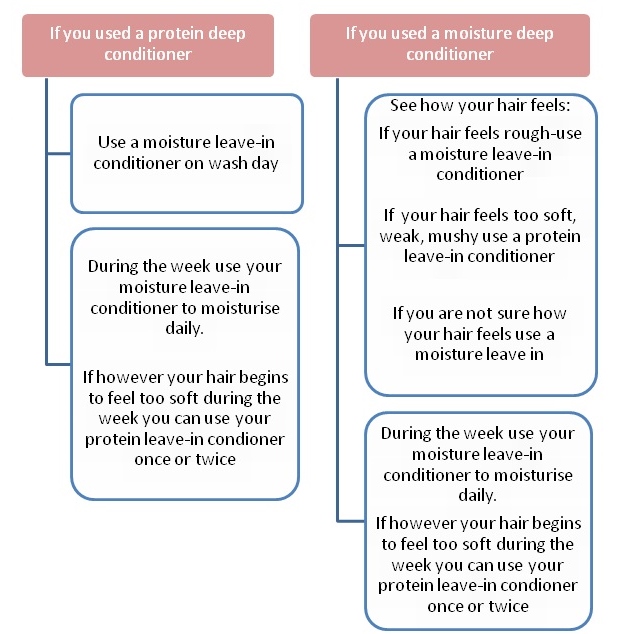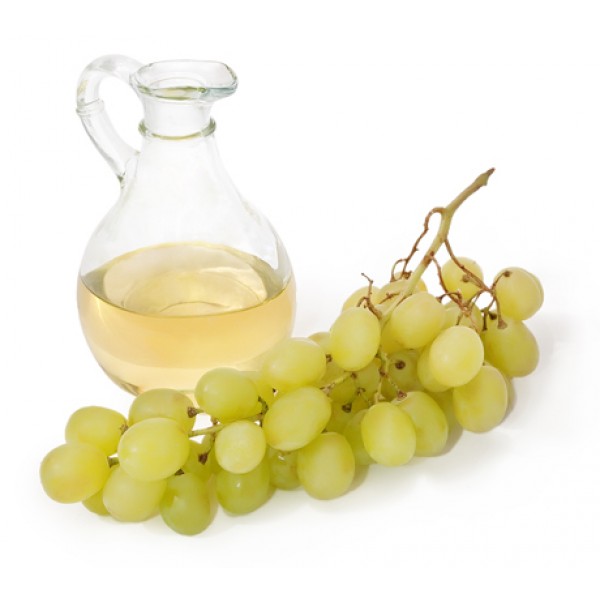
One of the items we begin to value and use a lot more at the beginnings of our hair journey is oils and butters. Before my hair journey I never ever sealed my hair. I knew natural oils were good for our hair but didn’t use them on my hair.
I realised soon after starting Hairducation that some readers get a little confused about what types of oils and butter they should use.
I have written a post about oils on a hair journey which you can read here but this post will share a little more information and give a lot of good tips for buying oils for use on your hair journey.
In this post I will discuss the types of oils needed on a hair journey, how to use them, the best places to find them and what to look out for when buying them. Enjoy
Types of Oils Needed On A Hair Journey
Petroleum and mineral oils are common examples of synthetic oils. These are okay when used as a sealant however they can’t be absorbed by hair and scalp. It is therefore always better to use natural oils on a hair journey.
There are two main types of natural oils used on a hair journey, carrier oils and essential oils.
Carrier Oils and Butters
Natural carrier oils contains so many nutrients and vitamins which work very well on our hair and scalp and have so many uses on a hair journey. They are usually obtained from the fruit, nuts, seeds or kernels of plants. Carrier oils commonly used on a hair journeys include
Olive, coconut, Jamaican black castor, almond, argan, avocado, grapeseed oils and shea butter. Some ladies also use ayurvedic oils like Amla and Bhringraj oils
Essential Oils
Essential oils are optional on a hair journey. They are not used for sealing. Many essential oils have anti bacterial and antifungal properties; they can also be very relaxing and refreshing and help to stimulate hair growth. They are very potent or strong and must be diluted with carrier oils before use. They should not be used by pregnant ladies without first consulting with your doctor.
How to Use Oils On A Hair Journey
Oils can be used in the following ways
- Pre-pooing
- To seal in moisture ( essential oils should not be used to seal)
- Can be mixed into conditioners
- Can be used for scalp massages
- As a lubricant to help with detangling
- Some carrier oils like coconut oil are great for boosting shine
- Can be mixed into relaxers for texlaxing ( essential oils should NEVER be mixed in with relaxers or used in the final week before relaxing or texlaxing)
Where To Buy Oils
Supermarket
Carrier oils are usually best sourced in your supermarket aisles because so many of them are used for cooking. Most supermarkets will have extra virgin cold pressed oils like olive oil and grapeseed oil on their shelves. Look for them in the food aisles not in the hair and skin aisles.
Local Markets
For ladies in Nigeria and Africa in general most local markets will have butters like Shea butter or coconut oil available for purchase.
Healthy Food Stores
These are also a good place to find oils, butters and essential oils. Most carry an impressive range of oils.
Your local BSS or Hair and Beauty Shop
You should be able to oils here as well. A lot of these stores tend to sell mixed oils or blended oils which are okay so long as you buy the ones that are all natural ( no petroleum, petrolatum or mineral oils).
A great thing about a lot of hair and beauty stores is that they are a good place to find ayurvedic oils.
How To Buy Oils- What You Should Look Out For
Make sure it is 100
100% natural that is.
The ingredients should be 100 natural and free from synthetic oils. Preferably there should be only one item listed in the products ingredients.
Keep it Cold and Raw

Try to buy oils that have cold pressed or extra virgin cold pressed written on the bottle. This means the process of obtaining the oil from the plant was done without the use of heat. Oils that are cold pressed and are still raw retain more of their nutrients and goodness in comparison to those created with heat.
Natural Mixes
Some ladies prefer to mix their oils themselves whilst others would rather purchase premixed oils. Some brands of hair oils of greases are premixed and can be quite great.
If you decide to buy a premixed oil or hair grease, look through the ingredients listed and ensure it does not include synthetic oils.
Dark Bottles

Extra virgin cold pressed oils and essential oils tend to be sold in dark bottles as this helps to block sunlight. Sunlight can have an effect of the nutrients and quality of the oil so dark bottles are a plus.
Please note that some great quality oil brands are sometimes sold in clear jars or bottles. This does not mean that they are not good quality. All you have to do is keep oils out of the sunlight.
Don’t Rely on the Front Label
If a hair oil or grease/pomade is labelled as coconut oil, or olive oil, or shea butter, etc but when you look at the ingredients the items listed first are petrolatum, petroleum jelly or mineral oil, put the oil down and walk away.
Special Tip For Buying Essential Oils
100% pure essential oils are usually sold in very small bottles (usually 10ml to 30ml). This is because they are really strong and only a few drops is needed for each use. Some companies however sell essential oils in quite big bottles and label them in large print as 100% of the essential oil, eg 100% rosemary oil or 100% tea tree oil. However somewhere on the bottle in small print will be written “ this is 100% rosemary oil blended with almond oil”.
This isn’t really bad because it is an all natural mix, the labelling of such oils are however very misleading because many ladies buy these type of oils thinking that they are buying a pure essential oil.
I always recommend that ladies buy 100% pure essential oils as this allows them to blend it with their own choice of carrier oils and they can determine how much to blend themselves.
My Personal Favourite Oils
Through my hair journey I have always used the following oils, olive, coconut, Jamaican black castor oils. For essentials oils rosemary and peppermint are my must haves.
I have tried many many many other types of oils but always come back to these five.
What are your favourite oils and how do you use it?
Initially intended to include advice for buying hair gels I this post but it would have been too long so I decided to just talk about oils for now. My next post will be a short and sweet styling post. Now that I have committed myself I hope I don’t end up with epic fails
Come back soon ladies and happy hair journey
x
Lade
Learn | Change | Grow



